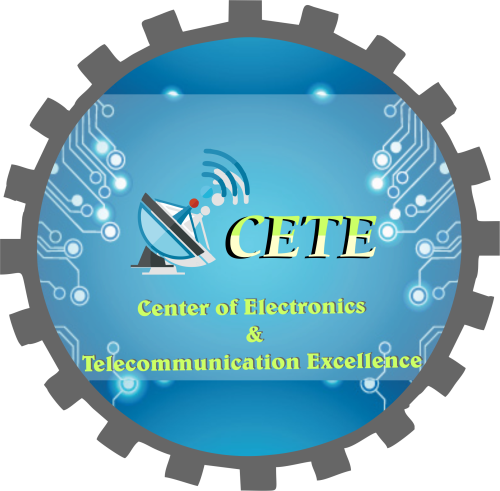Recent years have seen a significant growth in the field of embedded systems and emerging technologies. Embedded systems, which are computer systems integrated into other devices or products, have become ubiquitous in our everyday lives, from smartphones and cars to medical equipment and industrial automation systems. As the demand for more advanced and intelligent systems increases, research in embedded systems and emerging technologies is becoming increasingly important.
One of the key areas of research in embedded systems is the Internet of Things (IoT). IoT involves connecting everyday devices and objects to the internet, allowing them to communicate and share data with each other. This has the potential to revolutionize many industries, from healthcare and transportation to manufacturing and agriculture. However, the large scale and distributed nature of IoT systems poses significant challenges in terms of security, privacy, and scalability.
Another important area of research is cyber-physical systems (CPS), which integrate computational and physical components to create intelligent and responsive systems. CPS can be found in a wide range of applications, including transportation, energy systems, and industrial automation. As CPS become more complex and integrated with other systems, research is needed to develop new methods for modeling, analysis, and control.
Edge computing is also an important area of research in embedded systems. It involves moving computation and data storage closer to the edge of the network, where data is generated, rather than in centralized data centers. This can significantly reduce the latency and bandwidth requirements of IoT and CPS systems, making them more responsive and efficient.
Real-time systems, which are systems that must respond to external events within a specific time frame, are also an important area of research. These systems are used in a wide range of applications, including aviation, transportation, and industrial automation. As real-time systems become more complex and integrated with other systems, research is needed to develop new methods for designing, analyzing, and testing these systems.
Machine learning and artificial intelligence are also becoming increasingly important in embedded systems and emerging technologies. These technologies can be used to improve the performance and intelligence of embedded systems, from image and speech recognition to autonomous systems. However, the specific challenges of embedded systems, such as limited resources and real-time constraints, must be taken into account when applying machine learning and AI.
Robotics and autonomous systems are also becoming increasingly important in embedded systems and emerging technologies. These systems can be used in a wide range of applications, including manufacturing, transportation, and healthcare. However, the development of autonomous systems poses significant challenges in terms of perception, decision-making, and control.
Finally, blockchain is an emerging technology that has the potential to revolutionize embedded systems and IoT by providing secure, decentralized, and tamper-proof systems. However, the scalability and performance of blockchain systems need to be improved to meet the demands of embedded systems and IoT.
In conclusion, embedded systems and emerging technologies are becoming increasingly important in our everyday lives, and research in these areas is essential to continue to push the boundaries of what is possible. The key areas of research, including IoT, CPS, edge computing, real-time systems, machine learning, robotics, autonomous systems, and blockchain, all pose unique challenges and opportunities for researchers and engineers.
Keywords: Embedded Systems, Emerging Technologies, Internet of Things, Cyber-Physical Systems, Edge Computing, Real-Time Systems, Machine Learning, Robotics, Autonomous Systems, Blockchain
References:
A. Chen, “Internet of Things: A survey on the security of IoT frameworks,” IEEE Communications Surveys & Tutorials, vol. 19, no. 4, pp. 2322-2358, 2017.
Explore Embedded Systems..
International Journal of Embedded Systems and Emerging Technologies |
